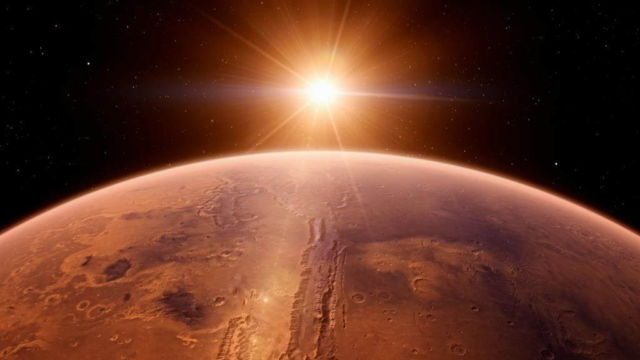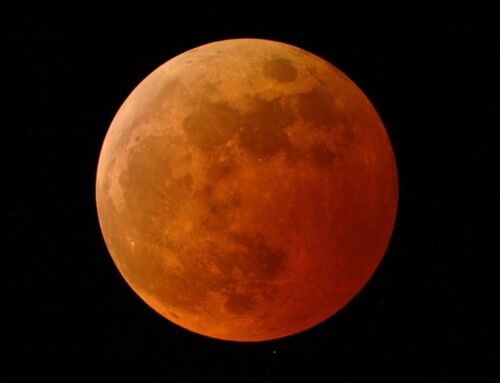A new study finds organic molecules discovered by Curiosity Rover consistent with early life on Mars.
Schulze‑Makuch and Jacob Heinz with the Technische Universität in Berlin explore some of the possible pathways for thiophenes’ origins on the red planet in a new paper published in the journal Astrobiology. Their work suggests that a biological process, most likely involving bacteria rather than a truffle though, may have played a role in the organic compound’s existence in the Martian soil.
Organic compounds called thiophenes are found on Earth in coal, crude oil and oddly enough, in white truffles, the mushroom beloved by epicureans and wild pigs.
Thiophenes were also recently discovered on Mars, and Washington State University astrobiologist Dirk Schulze‑Makuch thinks their presence would be consistent with the presence of early life on Mars.
Dirk Schulze‑Makuch said:
“We identified several biological pathways for thiophenes that seem more likely than chemical ones, but we still need proof. If you find thiophenes on Earth, then you would think they are biological, but on Mars, of course, the bar to prove that has to be quite a bit higher.”
Thiophene molecules have four carbon atoms and a sulfur atom arranged in a ring, and both carbon and sulfur, are bio‑essential elements. Yet Schulze‑Makuch and Heinz could not exclude non‑biological processes leading to the existence of these compounds on Mars.
Meteor impacts provide one possible abiotic explanation. Thiophenes can also be created through thermochemical sulfate reduction, a process that involves a set of compounds being heated to 248 degrees Fahrenheit (120 degrees Celsius) or more.
In the biological scenario, bacteria, which may have existed more than three billion years ago when Mars was warmer and wetter, could have facilitated a sulfate reduction process that results in thiophenes. There are also other pathways where the thiophenes themselves are broken down by bacteria.
While the Curiosity Rover has provided many clues, it uses techniques that break larger molecules up into components, so scientists can only look at the resulting fragments.
Image credit NASA
source Washington State University






It is really interesting